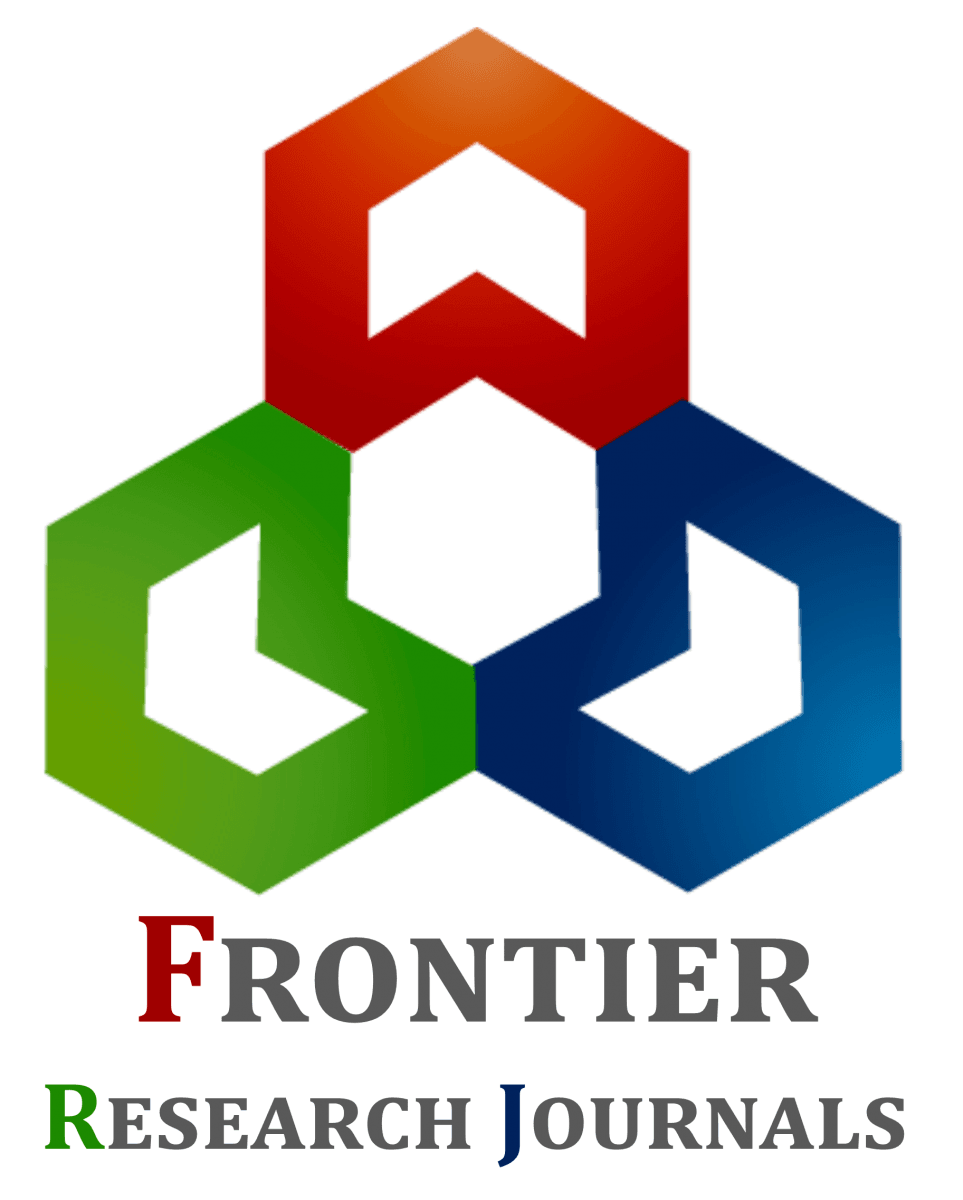Comparative study of alternative marine power (cold ironing) application as an air pollution mitigation technology in Nigeria seaports
1 Department of Marine Transport and Nautical Science, Nigeria Maritime University Okerenkoko, Warri LGA of Delta State, Nigeria.
2 Department of Maritime Management Technology, Federal University of Technology, Owerri, Imo State, Nigeria.
3 Marine Transport and Business Management, Federal College of Fisheries and Marine Technology, Victoria Island Lagos, Nigeria.
Research Article
International Journal of Frontiers in Engineering and Technology Research, 2022, 03(01), 029–036.
Article DOI: 10.53294/ijfetr.2022.3.1.0027
Publication history:
Received on 21 January 2022; revised on 07 September 2022; accepted on 09 September 2022
Abstract:
An amendment to Annex VI of the protocol of 1997 to amend the international convention for the prevention of pollution from ships was adopted by the International Maritime Organization in October, 2018. Annex VI regulations provides regulations for the prevention of air pollutions from ships, to comply with this requirement, Alternative Marine Power or shore base marine power is seen as an attractive option. Ship owners and other stakeholders in the shipping industry are worried with this development especially combining the cost of diesel and electricity and initial cost of cold ironing project. This study therefore is on comparative study of shore base marine power application as an air pollution mitigation technology in Nigeria seaports. Research objectives and hypotheses were formulated, data were sources from many sources and analyzed. The results of the analysis indicated available air mitigation technology for vessels, it also showed that the cost of cold ironing in Nigeria seaport when compared with the cost of electricity in other countries is significant; recommendations were made based on the results and findings.
Keywords:
Pollution; Mitigation, Technology; Marine Power; Seaport
Full text article in PDF:
Copyright information:
Copyright © 2022 Author(s) retain the copyright of this article. This article is published under the terms of the Creative Commons Attribution Liscense 4.0
